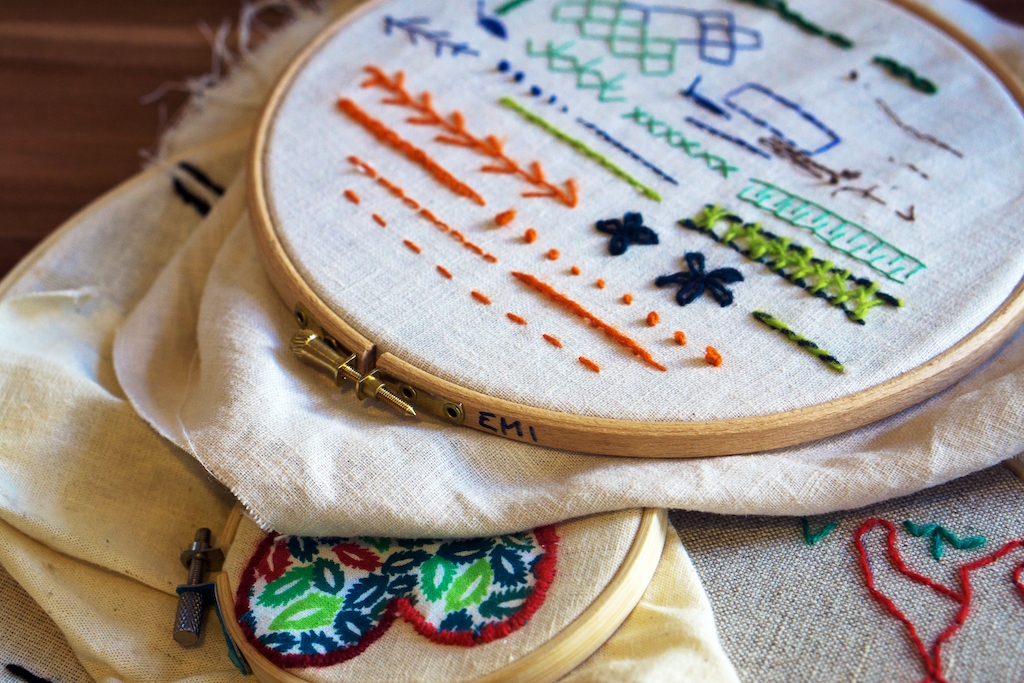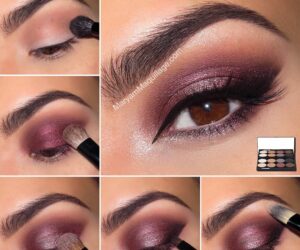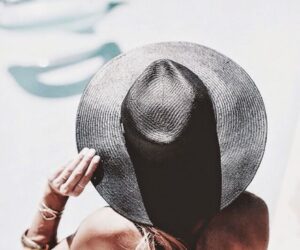In this article, we’re going to explain the different types of embroidery, talk you through some of the most common embroidery stitches – such as satin stitch and running stitch – and inspire you with some embroidery crafts for you to either gift to friends and family or keep for yourself.
First, though, you might find it interesting to learn a bit more about this ancient art. One of the world’s oldest crafts, embroidery dates back to the 5th century BC, when Chinese people used it to mend, patch and decorate their clothes.
It’s just as popular today, with fashion designers like Gucci, Raf Simons, Dior and Virgil Abloh featuring embroidered patches in their clothing lines in recent years.
If you’re a fan of this look, you’ll be pleased to know you don’t have to fork out hundreds of pounds to achieve the same results. And once you’ve mastered a few simple stitches, you’ll be able to not only spruce up old clothes but create a range of other projects too.
What are the top 10 embroidery crafts?
Some of the most popular things you can embroider include decorative pieces like wall art and ornaments, items of clothing and accessories such as trainers, T-shirts, hats, jackets and handbags and soft furnishings like cushions, towels and tablecloths.
There are many ways in which you can embroider these items, either by hand or on a machine, using different techniques including patchwork, counted thread and fish scale embroidery.
First, let’s take a look at some popular embroidery crafts you can try at home.

Ten embroidery projects to inspire you
1. Wall art
If you’ve never embroidered before, it’s a good idea to start with artwork you can hang on the wall. Once you’ve mastered this skill, you can then move on to creating more complicated pieces. There are lots of tutorials and ideas online to get you started.
2. Ornaments
Embroidered ornaments make great presents but can be more difficult to make, as they’re three dimensional instead of flat. You could even make embroidered ornaments for your Christmas tree.
3. Towel
If you’re confident enough to revamp items you already own instead of making them from scratch, one of the easiest things to start with is a towel.
4. Table cloth
An embroidered table cloth or table runner will brighten up your dining room and impress your guests.
5. Cushion
Embroidery is a great way to add colour and patterns to plain cushions. You could go one step further by embroidering designs onto your bedding too.
6. T-shirt
When your embroidery skills are good enough, you can start upcycling the things you wear. Embellishing the neckline of a T-shirt or jumper is a stylish way to do this.
7. Hat
You can add embroidered motifs to baseball caps for sports teams, staff uniforms or stag and hen parties. If you’re doing this in bulk, it’s best to use a machine.
8. Jacket
Denim jackets look great with embroidery on the back. You can customise your jacket and create a look as unique as your personality.
9. Trainers
You can recreate a designer look by embroidering your trainers. Use a range of stitches and materials to update a simple pair of trainers into something special for you or a friend.
10. Handbag
A handbag or purse can be made more unique by adding a few colourful stitches. Taking an old handbag and updating it with embroidery is a great way to breathe new life into an otherwise ordinary accessory.
What are some common embroidery stitches?
While most embroidery patterns only require a few basic stitches, you need to make sure you’ve mastered them before jumping into a project.
Here are some of the most common basic stitches you should learn:
Running stitch
This is the easiest embroidery stitch to learn. It’s ideal for creating outlines and adding details to your pattern. Even though it’s a basic stitch, it can be adapted to become more complex, by adjusting the stitch length or spacing, for example.
Back stitch
Like running stitch, this is really easy to learn – which is handy because it’s likely you’ll use it the most in your creations. Again, it’s versatile and useful for outlining.
Chain stitch
Chain stitch is the one to use if you want to create thick lines. There are several variations of chain stitch so it can be slightly daunting to learn, but it’s recommended that you learn at least one.
Satin stitch
If you want to fill in an area, you’ll need to master the satin stitch. Again, there are a few variations of this stitch, but essentially, it’s a series of straight stitches sewn next to each other.
Fly stitch
As well as making for a fun border design, the fly stitch can be used to fill in areas of your embroidery. It’s similar to a detached chain stitch, but instead of being petal or teardrop-shaped, it looks like the letter ‘Y’.
Blanket stitch
The hardest part of mastering this stitch is starting it, but once you’ve managed that, it’s relatively easy. You can use it for borders and decorative lines, and the height and spacing of the stitches can be adjusted for variation.
What are the different types of embroidery?
Some of the different embroidery techniques include the following:
Patchwork embroidery
This type of embroidery can be done by hand or on a machine and is mainly used to decorate quilts. Small pieces of fabric are attached to a quilt or blanket using any type of embroidery stitch.
Counted thread embroidery
This technique involves counting thread to make symmetrical stiches. Some of the most common types of counted thread embroideries are cross stitch and blackwork.
Fish scale embroidery
Fish scale embroidery incorporates fish scales, which are stitched onto a fabric (usually velvet). This technique can be done on a sewing machine or by hand.
Summary
Embroidery is one of the world’s oldest crafts. It dates back to the 5th century BC in China, but it’s still popular today, with fashion designers featuring embroidered patches in their clothing lines.
The most common basic embroidery stitches include running stitch, back stitch and chain stitch, and some of the most popular embroidery projects are wall art, ornaments, trainers, T-shirts, hats, jackets, handbags, cushions, towels and tablecloths.
You can embroider these items either by hand or on a machine, using different techniques like patchwork, fish scale and counted thread embroidery.



